Download and/or view a high-resolution 2023 version of the map Then zoom in to see the details. Compare the 2023 version of the map to the originally released 2022 version (below)to see how…
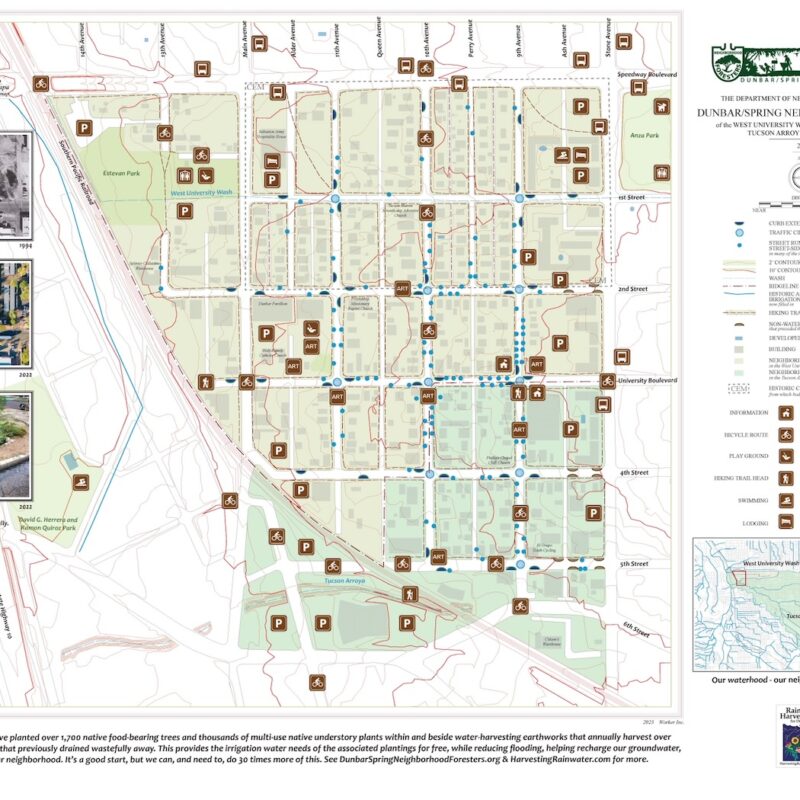

Download and/or view a high-resolution 2023 version of the map Then zoom in to see the details. Compare the 2023 version of the map to the originally released 2022 version (below)to see how…
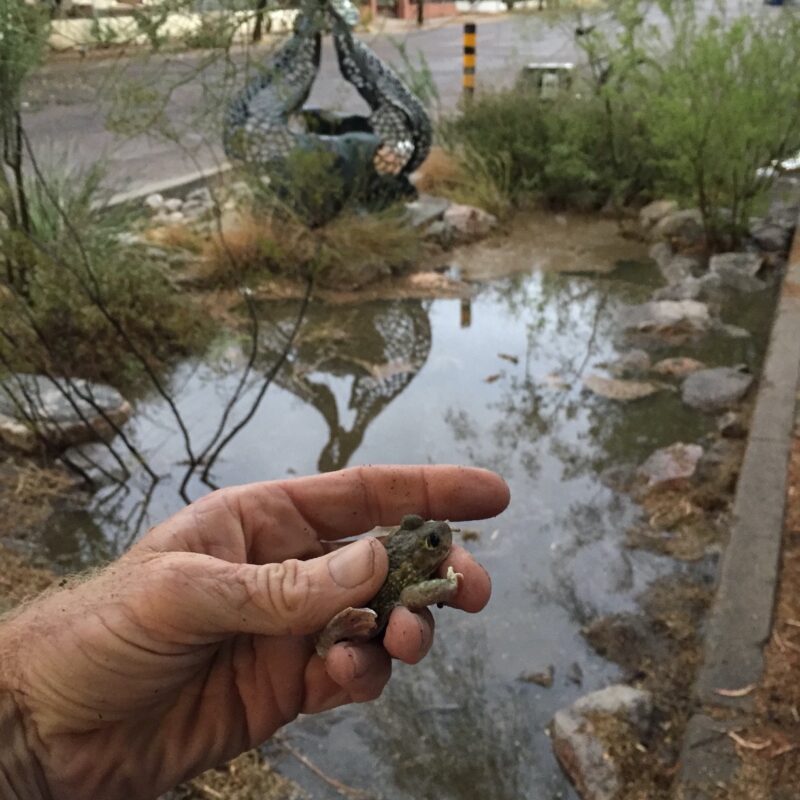
Listen to this podcast by Living on Earth, National Public Radio’s Environmental News Magazine, on how our Dunbar/Spring neighborhood, and its Neighborhood Foresters, harvest over a million gallons per year of stormwater from…
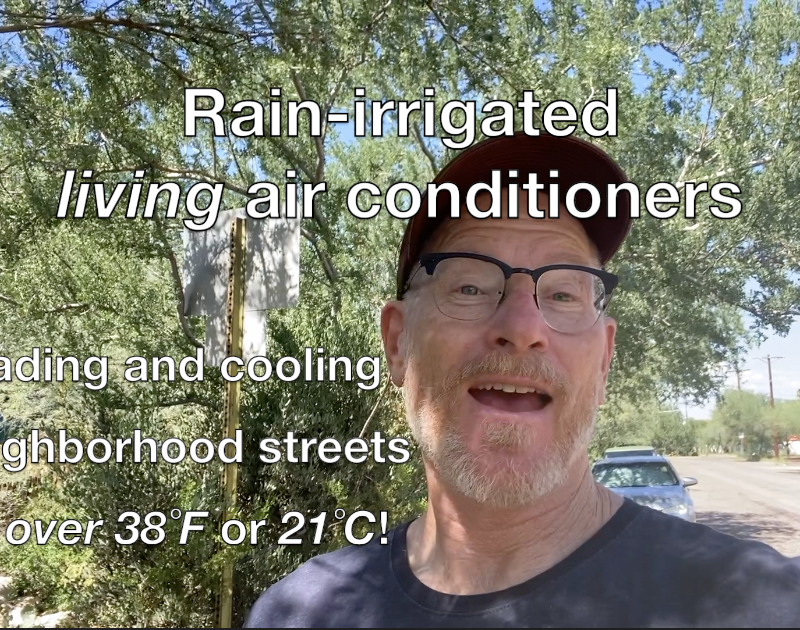
Click on the video above to see Brad Lancaster show how native food-bearing trees and understory vegetation planted within or beside passive rain- and stormwater-harvesting rain gardens is able to shade and cool…
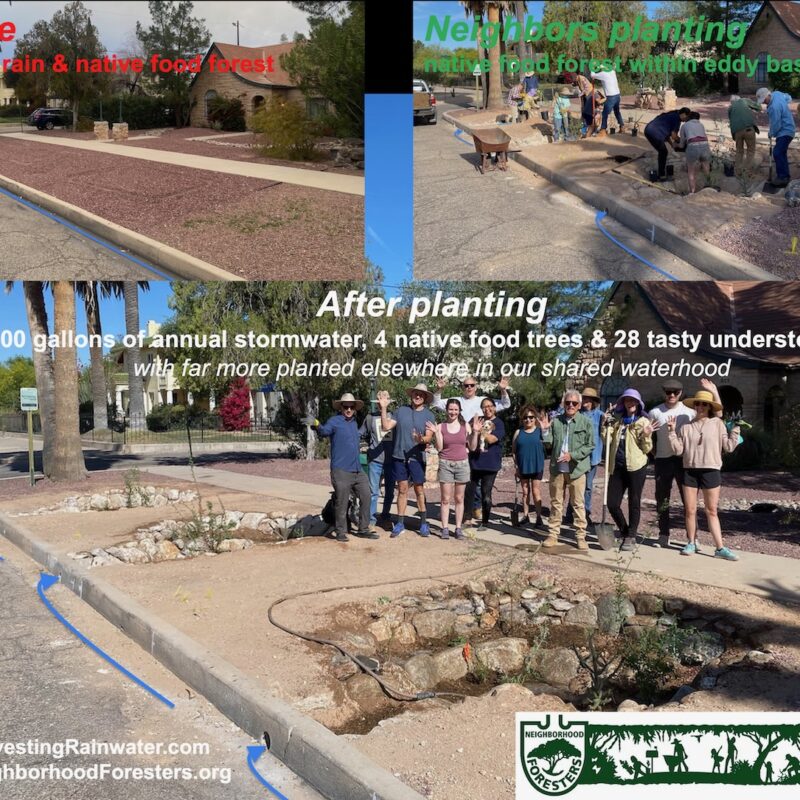
We planted over 60,000 gallons of annual stormwater, 36 native food-bearing trees and bush trees, & 114 multi-use native understory plants in this year’s annual neighborhood rain & native food forest planting. See…
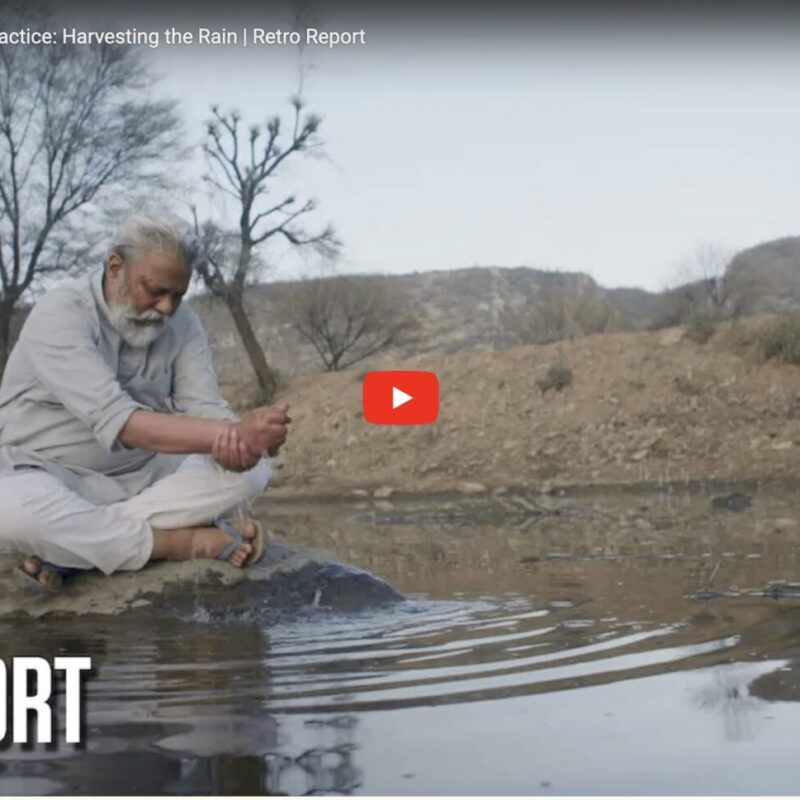
Ancient and modern methods of collecting and storing rainwater are being used to address severe drought today.
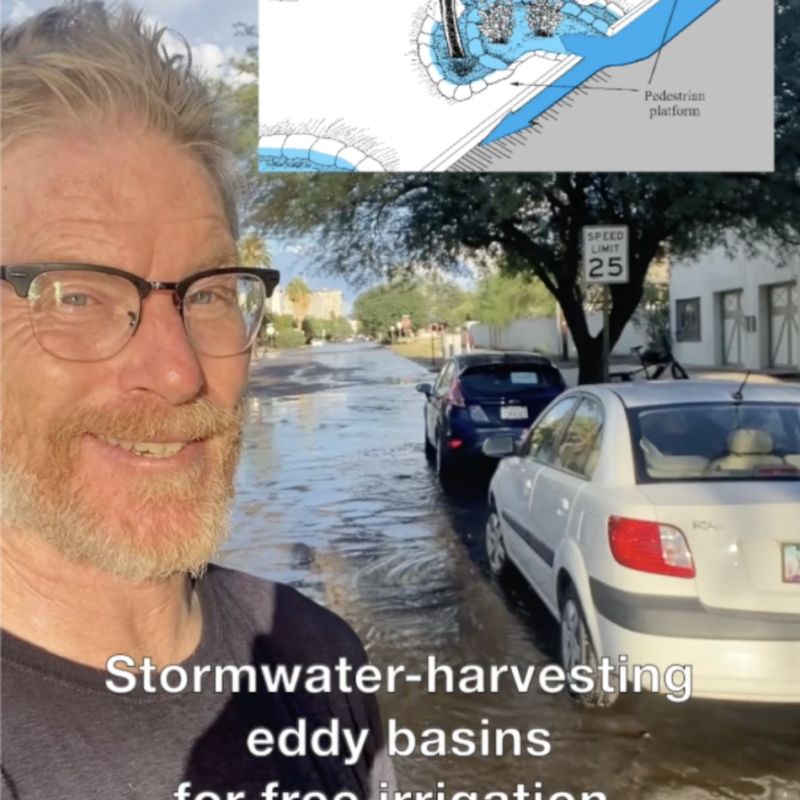
How neighborhood forestry-led efforts turn flooding problems into a free irrigation resources that also help recharge the aquifer and other local waters. Turns flooding problem into a free irrigation resource that also helps…
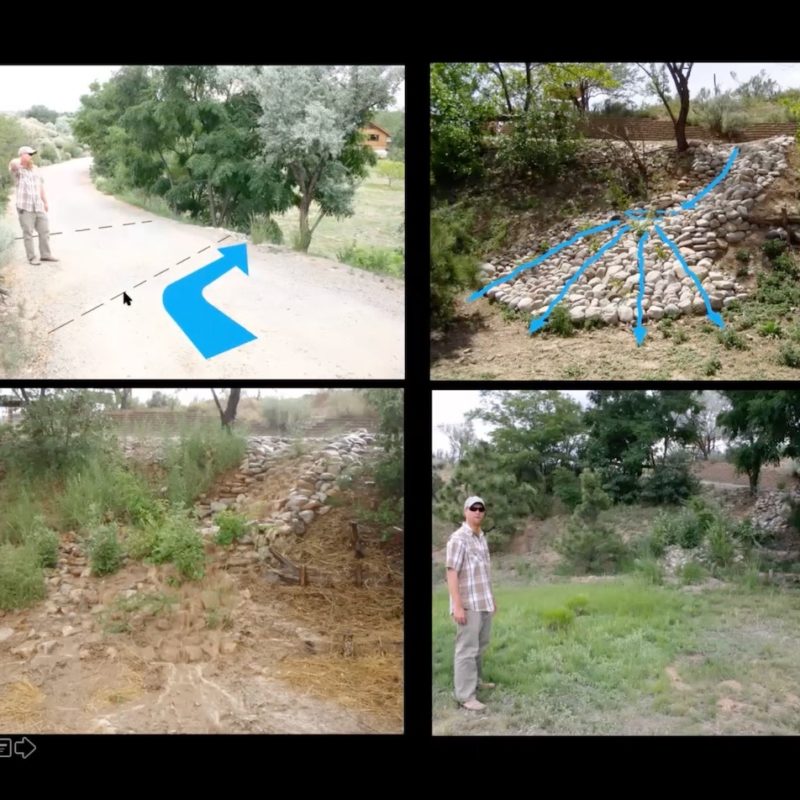
There is no excerpt because this is a protected post.
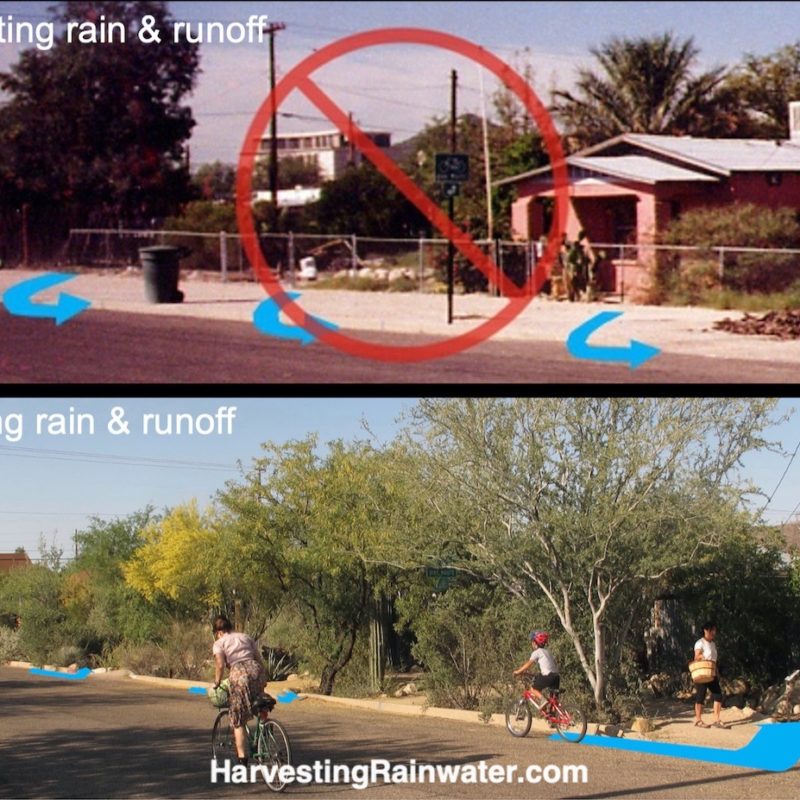
A case study planting rain and neighborhood native food forests to grow regenerative abundance By Brad Lancaster (Author) and Karryn Olson (Editor) with The Regenerative Economy Collaborative I get up predawn to pee,…
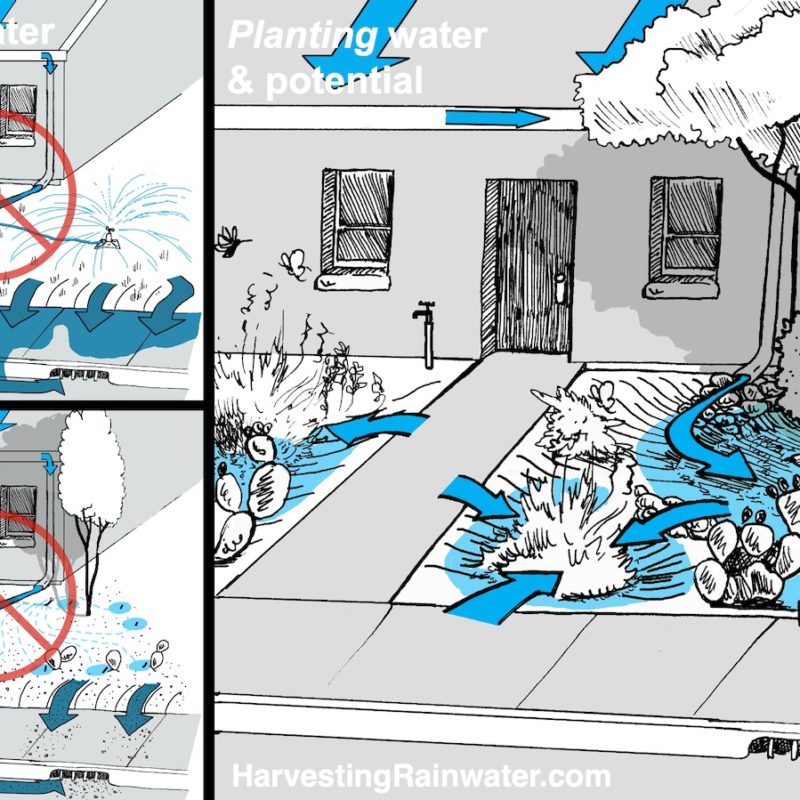
by Brad Lancaster To address dwindling Colorado River water supplies, upon which many communities depend, western cities are committing to reducing ornamental grass and its associated water use (figures 1 and 2). That’s…
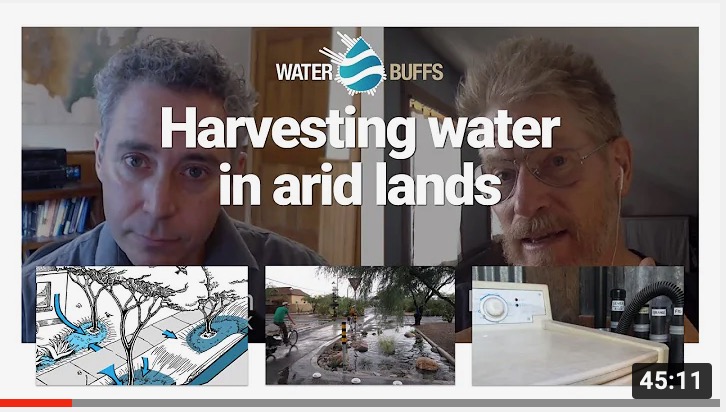
Brad Lancaster, author and expert on water harvesting, talks to Water Desk Director Mitch Tobin about how individuals and communities can make the most of rainfall and greywater to stretch local supplies. The…